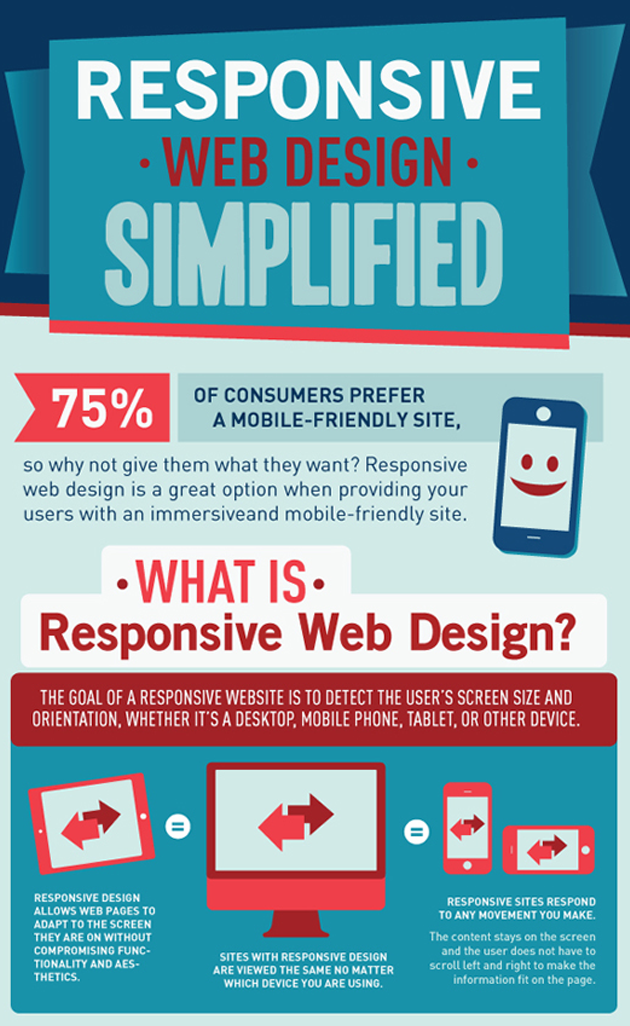Internet Site Style Basics: Tips For Building A User-Friendly Site
Internet Site Style Basics: Tips For Building A User-Friendly Site
Blog Article
Content Composed By-Aguirre Devine
When it concerns site layout, ensuring user-friendliness is crucial. From responsive layout to structured navigating, every component plays a vital function in producing a site that deals with your target market's demands. But what concerning the better information that can make or break a customer's browsing experience? Remain tuned as we uncover some often-overlooked suggestions that can elevate your internet site's use to the next level, making it really attract attention in the electronic landscape.
Relevance of Responsive Layout
Receptive layout is a critical aspect of modern site growth. Ensuring your site is responsive methods that it can adjust to various display dimensions and gadgets, supplying a seamless experience for users.
With the boosting use smart devices and tablets to access the web, having a responsive layout is necessary for getting to a larger target market. It helps in boosting user experience by making your web site easy to browse and read on any type of gadget.
In business managed wordpress , receptive layout can positively impact your search engine rankings, as search engines like Google prioritize mobile-friendly internet sites. By having a receptive design, you're also future-proofing your website, as brand-new devices with varying screen dimensions continue to arise.
Simplify Navigation Framework
To enhance individual experience and help with easy access to details on your internet site, improving the navigation structure is critical. When creating your website, concentrate on developing a clear and intuitive navigation menu that helps visitors discover what they're seeking quickly.
Limit view it now of food selection items to the essentials, organizing related web pages together to stay clear of frustrating customers. Usage detailed labels that clearly show the web content of each page, making it less complicated for customers to recognize where each link will certainly take them.
Think about applying dropdown food selections for subcategories to stop cluttering the main navigating bar. Additionally, consist of a search bar prominently on the page for customers that like searching for specific information.
Focus on mobile responsiveness in your navigation design to guarantee very easy gain access to on all gadgets.
Maximize Page Tons Speed
Improving web page tons rate is crucial for maintaining visitors on your website. Slow-loading web pages annoy users and can cause high bounce rates. To maximize page load speed, start by optimizing pictures. Compress images without compromising top quality to decrease their file sizes.
Furthermore, make website copy for internet browser caching to store often accessed resources locally, speeding up lots times for returning site visitors. Minify CSS, JavaScript, and HTML data by getting rid of unnecessary personalities, comments, and formatting, improving load speed.
Think about using a web content shipment network (CDN) to disperse your web site's content throughout numerous web servers worldwide, lowering latency for individuals accessing your site from different areas. Finally, restrict the use of third-party manuscripts and plugins, as they can dramatically influence load times.
Final thought
To conclude, by integrating receptive design, simplifying navigating, and maximizing page lots speed, you can create an easy to use site that attract a bigger target market and boosts individual experience. These essential elements make sure that site visitors can easily gain access to and navigate your site throughout different devices, leading to boosted involvement and satisfaction. By focusing on these vital elements, you can build an effective internet site that maintains customers returning for more.
